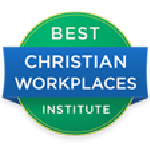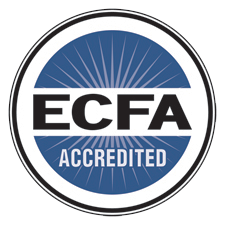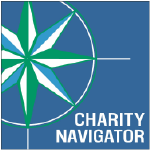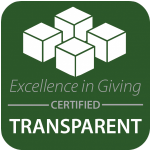Modjo CarePoint is located in Modjo, approximately 45 miles south of Addis Ababa, in the Oromia Region of Ethiopia. The CarePoint operates by partnering with Modjo Mekan Yesus local church, a Lutheran denomination in Ethiopia.
The local population primarily consists of traditional farmers, factory workers employed in the nearby tanneries, and day laborers who often earn less than one dollar a day. The presence of numerous tannery factories with inadequate waste disposal systems has led to significant challenges related to sanitation and hygiene.
At Modjo CarePoint, orphaned and vulnerable children receive essential medical care, educational support, and ongoing discipleship. The economic empowerment program aims to enhance financial sustainability for the families involved, thereby helping to break the cycle of poverty.
With Our Father Lutheran Church’s partnership, the children at Modjo CarePoint can grow physically, spiritually, and emotionally while the families experience positive economic transformation.
The HopeChest Team Supporting Modjo
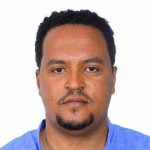
Yared Ayele
Program Manager
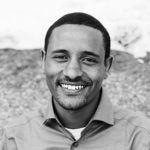
Atkelt Simon
Strategic Partnership Director
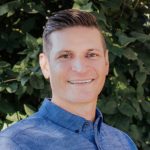
Micah Steiner
HopeChest Partnership Leader

Cathy Rink
HopeChest Partnership Leader
Empower a Child at Modjo
Empowering a child is one of the most personal ways that you can make an impact on global poverty. It is more than providing for their physical, emotional, and spiritual needs. When you sponsor a child, you build a relationship that shows that child they are valuable, worth loving, and worth investing in.
For many orphaned or impoverished children, decisions are made for them. The Friendship Model empowers children to make an individual choice about their future and removes the stigma of the child as a victim in need of help. Learn more about the Friendship Model.
Your sponsorship is the starting point of a journey that equips vulnerable children, their families, and their communities to create sustainable transformation. When you sponsor a child with HopeChest, you are not just supporting one child — you are helping transform entire communities.
View HopeChest Projects
Continue to Checkout
After checkout, you will be directed to a form where you may either upload or capture a photo of yourself. This photo will be used at the launch event at the CarePoint where the children in the program will select their “HopeChest Friend”. If you miss this step after the checkout process, you can upload a photo here.
Start a Fundraiser for Modjo
or Become an Ambassador
HopeChest’s approach to alleviating poverty is asset-based, because we believe that in every place on earth there are resources, not only for surviving, but for thriving and succeeding. Local leaders tell us what they do have instead of what they don’t have, and we walk with them to see their vision for their community come to fruition through development projects.
A fundraiser for Modjo CarePoint is transformational rather than transactional. It promotes empowerment rather than dependence. Your support for these projects will go a long way as, together, we invest in holistic and sustainable solutions that address the root issues of poverty
Write My Child
When our staff visit CarePoints, the most common question they get from children is how their sponsors are doing. They LOVE hearing from you!
Go on a Partner Visit
Visit your friends! We provide all the tools you need to fundraise for your partner visit. Search for a trip to your CarePoint!

